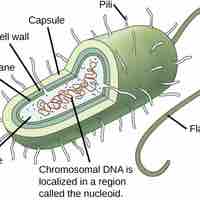Chapter 4
Cell Structure
By Boundless
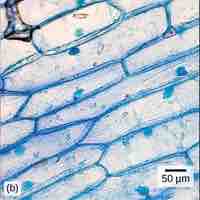
A cell is the smallest unit of a living thing and is the basic building block of all organisms.
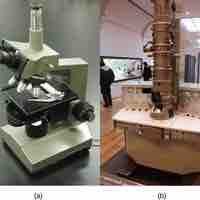
Microscopes allow for magnification and visualization of cells and cellular components that cannot be seen with the naked eye.
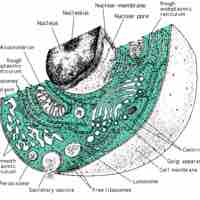
Cell theory states: living things are composed of one or more cells; the cell is the basic unit of life; cells arise from existing cells.
Cell size is limited in accordance with the ratio of cell surface area to volume.
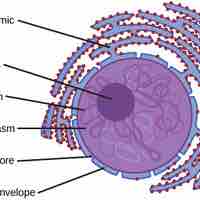
A eukaryotic cell has a true membrane-bound nucleus and has other membranous organelles that allow for compartmentalization of functions.
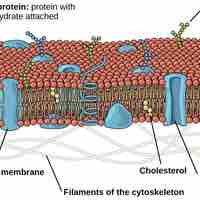
The plasma membrane is made up of a phospholipid bilayer that regulates the concentration of substances that can permeate a cell.
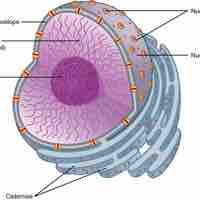
Found within eukaryotic cells, the nucleus contains the genetic material that determines the entire structure and function of that cell.
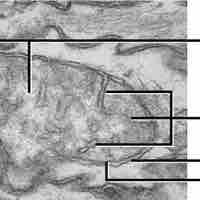
Mitochondria are organelles that are responsible for making adenosine triphosphate (ATP), the cell's main energy-carrying molecule.
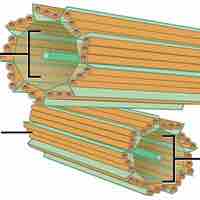
Although they are both eukaryotic cells, there are unique structural differences between animal and plant cells.
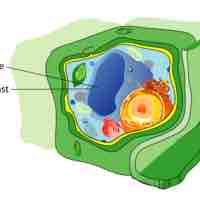
Vesicles and vacuoles are membrane-bound sacs that function in storage and transport.
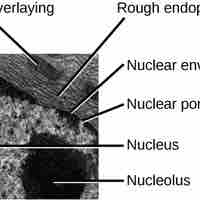
The endoplasmic reticulum is an organelle that is responsible for the synthesis of lipids and the modification of proteins.
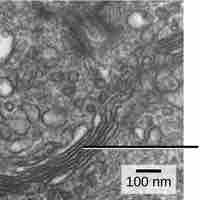
The Golgi apparatus sorts and packages materials before they leave the cell to ensure they arrive at the proper destination.
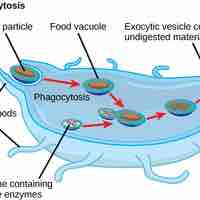
Lysosomes are organelles that digest macromolecules, repair cell membranes, and respond to foreign substances entering the cell.
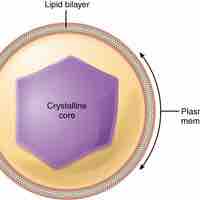
Peroxisomes neutralize harmful toxins and carry out lipid metabolism and oxidation reactions that break down fatty acids and amino acids.
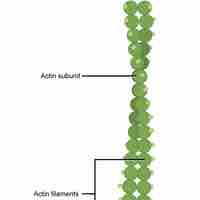
Microfilaments, which are the thinnest part of the cytoskeleton, are used to give shape to the cell and support all of its internal parts.
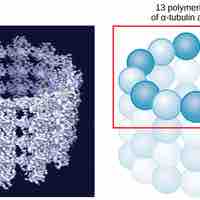
Microtubules are part of the cell's cytoskeleton, helping the cell resist compression, move vesicles, and separate chromosomes at mitosis.
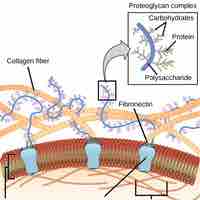
The extracellular matrix of animal cells holds cells together to form a tissue and allow tissues to communicate with each other.
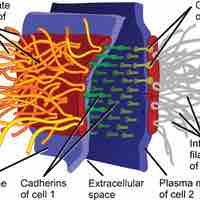
Intercellular junctions provide plant and animal cells with the ability to communicate through direct contact.
